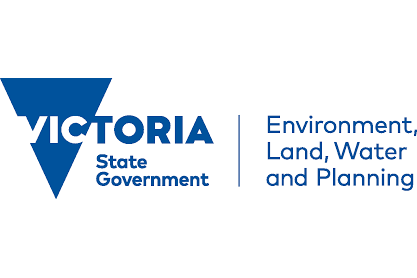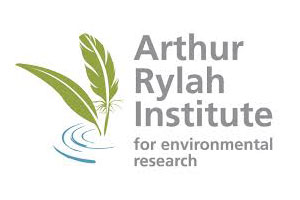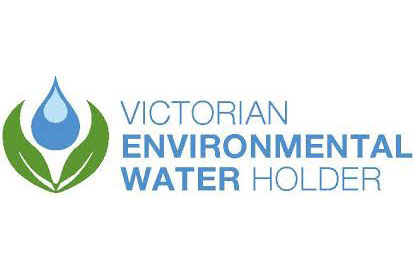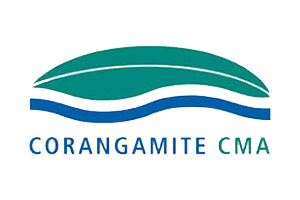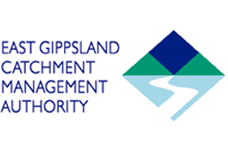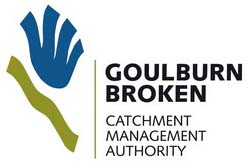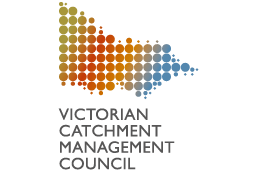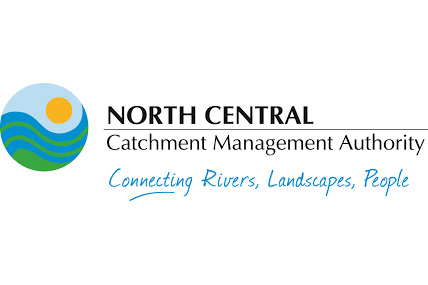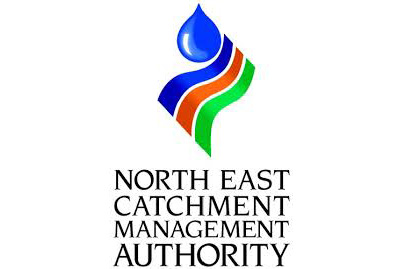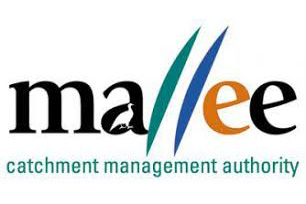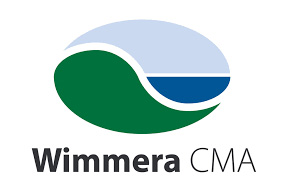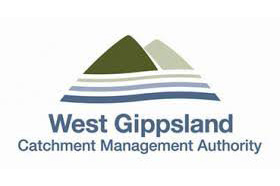
Water for the Environment
Water in Victoria’s rivers, estuaries and wetlands is vital to support environmental values and as a resource for people, agriculture and industry. Water extraction and land use practices have changed natural water regimes and reduced the water available to maintain the condition and environmental values of waterways. Water for the environment (also known as environmental water) is water that is specifically managed to protect and restore a healthy environment within rivers, the floodplain, wetlands and estuaries.
Managing Water for the Environment
State and Federal government agencies work together to achieve a balance between water for consumptive uses and water for the environment, by developing and implementing environmental watering programs in Victoria. Complex water management decisions operate over large scales, which requires strong collaborations and communications across agencies.
Agencies include:
- DELWP – develops state policy on management of water resources, waterways and environmental water, and manages water allocation and entitlements framework. The Arthur Rylah Institute is involved in research and monitoring of environmental water to inform management of the resource.
- VEWH – manages Victoria’s water entitlements, developing and implementing seasonal watering plans. The VEWH engages directly with waterway managers through the development of seasonal watering proposals and the development and implementation of the seasonal watering plan.
- CMAs and Melbourne Water – identify regional priorities for environmental water management in regional waterway strategies, propose annual environmental watering actions to VEWH and implement VEWH environmental watering decisions. These waterway managers consult with local communities to develop proposals for environmental watering in rivers and wetlands in their region
- Water authorities – work with VEWH and waterway managers to plan for environmental water delivery, operate water supply infrastructure.
- CEWH – make decisions on use of Commonwealth water holdings, liaise with VEWH to ensure coordinated use of environmental water.
- MDBA – works with CEWH and state jurisdictions, to implement the Basin Plan and establish arrangements and priorities for use of Commonwealth and joint portfolio water (e.g. The Living Murray, River Murray Increased Flows (RMIF) - held water in Victoria.
Some water is set aside specifically for the environment, known as the Environmental Water Reserve (EWR), to preserve the environmental values and health of water ecosystems, their biodiversity, ecological function, quality of water and other uses that depend on environmental condition. Water for the environment is delivered to priority areas with significant environmental values.
The Murray-Darling Basin Plan provides for the integrated management of water resources across the Basin and is a key part of the waterway management framework in northern Victoria. Some of the key components of the Basin Plan include Sustainable Diversion Limits (SDLs) on surface water and groundwater diversions, Basin-wide environmental objectives for water-dependent ecosystems and water quality and salinity objectives, an environmental watering plan, and a monitoring and evaluation program.
Key Projects, Research and Monitoring
There is a range of resources and reports available regarding environmental water management in Victoria. These include:
- Flows studies for many rivers and wetlands that receive environmental water which identify the types of flows a river needs or the wetting and drying patterns needed by a wetland including information about the timing, watering duration and amount of water needed by native plants and animals.
- Environmental water management plans which use the flow studies and help guide watering of rivers and wetlands that receive environmental water.
- An annual Statewide Seasonal Watering Plan which outlines the decision making for delivery of water for the environment.
There are several large scale, long-term research and monitoring programs relevant to environmental water. Much of the current effort is focussed on how to maximise environmental outcomes with available resources, based on an understanding of the benefits of watering to environmental values.
Relevant programs include:
- Condition and Intervention Monitoring programs within The Living Murray (TLM) – manages environmental water across TLM Icon sites. To improve the ecological condition of significant forests, wetlands and lakes along the River Murray as part of helping to deliver the Basin Plan objectives and outcomes.
- Long-term Intervention Monitoring (LTIM)- to evaluate ecological outcomes of Commonwealth environmental watering at each of seven Selected Areas and evaluate the contribution of Commonwealth environmental watering to the objectives of the MDBA’s Environmental Watering Plan.
- Environmental Water Knowledge and Research (EWKR) – to improve our understanding of critical ecological processes such as fish recruitment and bird breeding, which relate to changes in flow. To apply knowledge gained to decisions about how to allocate and manage environmental water.
- Victorian Environmental Flows Monitoring and Assessment Program (VEFMAP) – to enable DELWP and its water delivery partners to clearly demonstrate ecological outcomes of environmental water management, to identify ecosystem outcomes from environmental water to help meet Victoria’s obligations under the Basin Plan, and to fill knowledge gaps to improve planning, delivery and evaluation of environmental water management in rivers and wetlands across Victoria.
- Wetland Monitoring and Assessment Program for environmental water (WetMAP) – to identify short-term responses of biota to watering events, identify water regimes (timing, duration, frequency) needed to support populations of biota, and determine if current water regimes and wetland management practices are meeting these needs.
In addition to large scale programs, many other projects are funded to address particular issues related to environmental water management. These include species-specific and site-specific investigations, water quality monitoring, hydraulic modelling, and cultural and community values mapping and engagement.
- Population models are also being developed for eight species of fish found in the Murray-Darling Basin (MDB): Golden Perch, Silver Perch, Murray Cod, Trout Cod, Macquarie Perch, Southern Pygmy Perch, Olive Perchlet and Murray Hardyhead. This work includes a focus on identify the potential response of populations to a range of flow management scenarios, which can help identify management options to maximise benefits to fish, and supports decision making for managers both at the MDB scale and regional scale.
